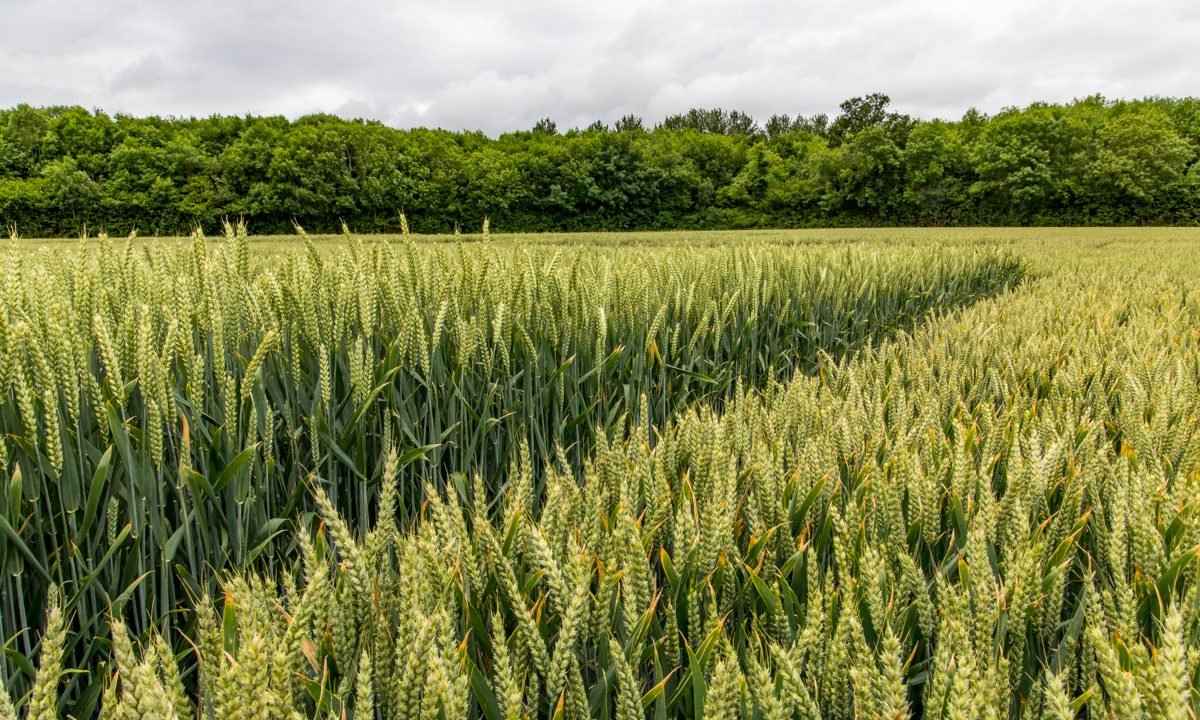Teagasc has published its latest crop update for 2023. It confirms that the finishing line is in sight for winter wheat.
Disease pressure has abated, helped by a combination of the recent dry weather.
Also helping in this regard has been the crucial weather opportunities to apply leaf three and leaf one fungicides accurately this year.
According to Teagasc agronomists, septoria on leaf three is common and there are symptoms on leaf two in some crops in the south.
Meanwhile, early sown winter barley crops are into grain fill.
The view from agronomists and farmers is that winter barley is average this year.
While there are some excellent crops with high ear numbers, there are also plenty of fields that suffered from poor establishment, which has limited their yield potential.
Spring barley crops range in growth stage from tillering to ear emergence. Lack of moisture is starting to become a problem in late sown crops resulting in trace element deficiencies, especially magnesium.
Barley Yellow Dwarf Virus (BYDV) symptoms are common in late sown crops as expected. Teagasc is monitoring crops to measure the effects of the disease on final yield.
Spring wheat is a small crop this year despite planting difficulties last autumn.
February and early March sown crops are at flag leaf and are ready for fungicide. Disease levels are low, so reduced rates of an azole/SDHI mix will suit most crops.
Where spring oats are concerned, growth stages vary depending on sowing date. They range from early stem extension to flag leaf fully emerged.
Disease management
There are reports of mildew and crown rust on some earlier sown crops.
For crops at growth stage 32 a robust fungicide mix targeting mildew and crown rust can be applied the main plant growth regulator.
Fungicide application to earlier planted crops can be applied once the ears are breaking the boot. Options here include; Decoy/Comet, Elatus Era, Boogie Xpro or a Strobilurin/Tebuconazole mix.

Wet weather and the associated high levels of chocolate spot was the major concern for beans.
However, concerns have now changed to the impact that the continuing dry conditions will have as most crops are in various stages of flowering.
High levels of chocolate spot was a major concern particularly for early sown crops in the south and many crops have had two fungicides already and are awaiting number three.
However the dry weather has alleviated this risk and new growth is staying clean in most cases.
It is important to remember that growers are limited to a max total dose of 2kg/ha of Signum and only one application of Elatus Era at 0.66L/ha.
Strobilurin/tebuconazole mixes represent a cost-effective option especially where disease pressure is low.
